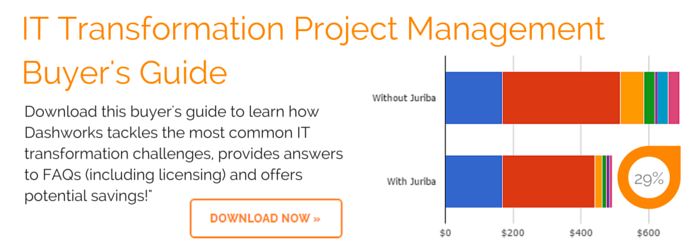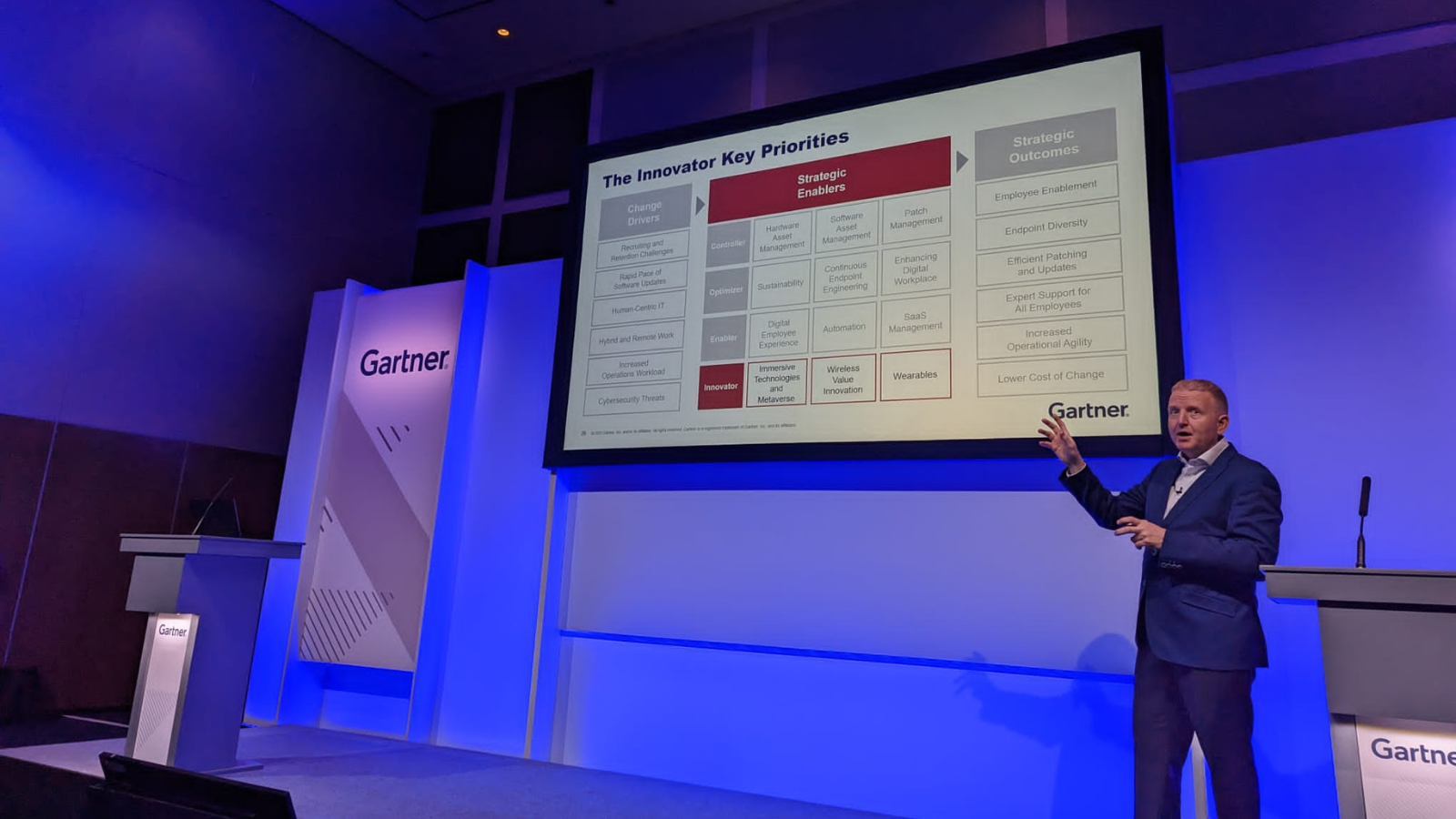
Now, more than ever before, companies are struggling to achieve seemingly conflicting goals: enabling all employees, wherever they may be and on whatever device, to access their corporate data and preferred applications, while cutting costs and ensuring enterprise security standards.
Different digital workplace strategies, such as server-hosted desktop virtualization or Virtual Desktop Infrastructure (VDI) technologies, allow remote employees or workers in multiple locations to communicate, collaborate, and cooperate without necessarily being together face to face, while IT teams remain in control of securing the IT environment.
Defining the Digital Workplace
Even after decades of everyday use, there is no precise definition of the term "Digital Workplace." It also doesn't help that its meaning has changed over time. The CEO of the Digital Workplace Group, Paul Miller, started actively using the term in 2009. Also, Jane McConnell initially encouraged professionals to replace "intranet" with the phrase “web workplace” until she noted in 2011 that the term "digital workplace" began to stick.
According to the DWG, a Digital Workplace can be defined as "the collection of all of the digital tools provided by an organization to allow its employees to do their jobs." There are five core components that a digital workplace provides the company with — regardless of the employee's location:
- Communication and employee engagement
- Collaboration
- Finding and sharing of information
- Business applications
- The ability to be productive anytime and place
Although digital workspaces vary just as much as traditional workplaces and are considerably different from one company to the next, your digital workspace should act as the virtual equivalent of the traditional work environment.
Just as a physical office requires strong management, processes, and systems, a digital workplace must be structured in a similar way to increase the productivity of your employees while enabling them to engage with one another.
Digital Workplace Concepts Trending Over Time
The concept of Digital Workplace has been around for the past ten years or so. As you can see from the Google Trends Timeline, interest in the idea of Digital Workplaces was initially great (as represented in search volume until 2007), but cooled off until the beginning of 2013. While Virtual Desktop Infrastructure was always a relative popular search, Bring Your Own Device (BYOD) took off quickly starting 2011.
Like a lot of IT-driven concepts that require much internal change (as we see right now with Evergreen IT), the technology often leads, but it takes time to change the supporting IT/business processes and corporate culture.
Another perspective comes from the Gartner Hype Cycle for Digital Workplace, 2014, a report that names the most talked about technologies and disciplines with the largest impact on how employees get work done. The analyst company named the following concepts (among others) as "on the rise":
- Digital Workplace Graph
- Smart Workplace
- Digital Business
- Bring Your Own App (BYOA)
This gives us a peek into the changed, much smarter approach that enterprises now take to tackle the issue.
On the other side, already past the peak of the hype and "sliding into the through" is the concept of "Bring Your Own Device (BYOD)", which has already matured, thanks to the demand for remote office workers to be able to use their personal laptops or computers to get work done, as well as Virtual Desktop Infrastructure. While corporate uptake of BYOD has been slow regarding the primary user device, the enabling of mobile platforms to access the corporate desktop has been a much more successful play.
Change Management & Corporate Culture Before Technology - Gartner's Eight Digital Workplace Building Blocks
Not surprisingly, many companies (most of them technology companies) are approaching the concept of Digital Workplace from a purely technological angle. However, as much as it is easier at first to come in and start cataloging the enterprise IT landscape to optimize it from a technology standpoint, implementation needs to take a much more holistic approach to ensure a possible return on investment.
As an example, there are many other organizational changes that have to happen first, to make the technology changes successfully. According to Gartner, the eight building blocks to a digital workplace are:
- Vision: why, what, and how
- Strategy: write a comprehensive road map
- Employee engagement: encourage a corporate culture of autonomy, accountability, and empowerment
- Organizational change: this changes everything
- Processes: how to be the right kind of enabler
- Information: on demand and on target
- Metrics: Measurement as a tool for change and evaluation
- Technology: get smart
That means the proper changes in management and corporate culture have to be implemented before the technology arrives.
Why Digital Business Matters to You
As the digital workspace becomes a bigger part of the traditional office environment, it is imperative that everyone — from Human Resources and IT up to the C-Suite — be on the same page and actively involved in the way this new digital environment is being managed. When everyone gets involved in creating the ideal digital workspace, the benefits can be significant.
Increased Productivity
It is no secret that the business benefits when employees have unfettered access to the proper resources. Whether it is streamlined communication, more accurate information or more efficient processes, a more productive working environment has an enormous, positive impact on customers and the end-user.
Heightened Security
An increase in security is not a primary side effect of adopting a digital workspace, but it is something you must be aware of for it to be a success. Since you are creating this connected environment with immediate access to information, additional steps must be taken when an employee is moving to a new department or let go from the company.
Another concern for many companies that have adopted the digital workspace is compliance. Although all of your employees will be sharing this workspace online, not every employee should be able to access each and every resource. Just as you have locks on office doors and file drawers in a physical office, similar precautions should be taken with your end-user IT access.
Making Life Easier for End-Users
With the incredible amount of technology options available from software to applications and even devices, the end-user certainly isn’t lacking choices, but they may be lacking organization. An efficient digital workspace provides the end-user with uninterrupted access to all of their business resources across multiple devices while empowering the business with a robust and adaptive platform to operate on.
Conclusion
Most digital workplace projects fail on ROI, rather than technology. To avoid this, you need to ensure that you have the right strategy, changes in management, corporate culture, and policies in place before putting the right technology in place.
Then you need to get a clear picture of the state of your hardware and software environment:
- How compatible is it with the new platform and can it be migrated?
- Who is, or is not a good candidate based on the business rules you have identified previously?
- Which digital workspace elements are for all users or select users (e.g. some sites might not have the bandwidth to support it, or users might access resources from different data centers that make performance an issue)?
- What is your migration readiness status?
- What is your scheduling, deployment orchestration, reporting, etc. going to look like?
In conclusion, the digital workspace is much more than just a concept: It is becoming not only a reality but the standard. To navigate the multitude of devices, software, and digital resources available, you must create a digital environment that not only empowers your employees to do their best but streamlines the experience for your end-user.
Barry is a co-founder of Juriba, where he works as CEO to drive the company strategy. He is an experienced End User Services executive that has helped manage thousands of users, computers, applications and mailboxes to their next IT platform. He has saved millions of dollars for internal departments and customers alike through product, project, process and service delivery efficiency.
Topics:





%20Project%20Plan%20For%20Maximum%20Velocity%20Upgrades.jpg?width=1600&height=900&name=Introducing%20The%20New%20Windows-as-a-Service%20(WaaS)%20Project%20Plan%20For%20Maximum%20Velocity%20Upgrades.jpg)





